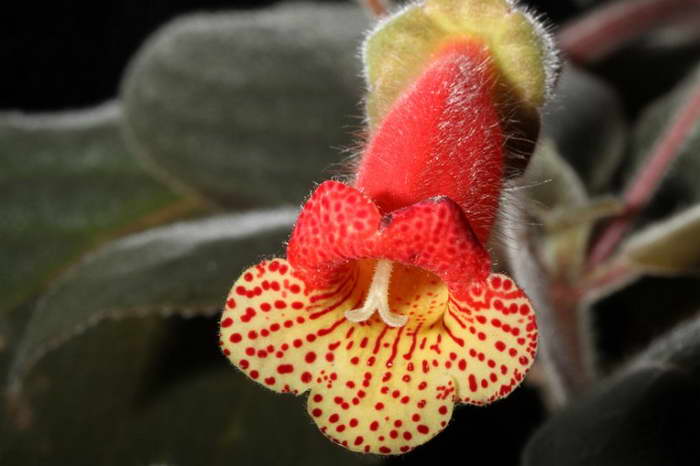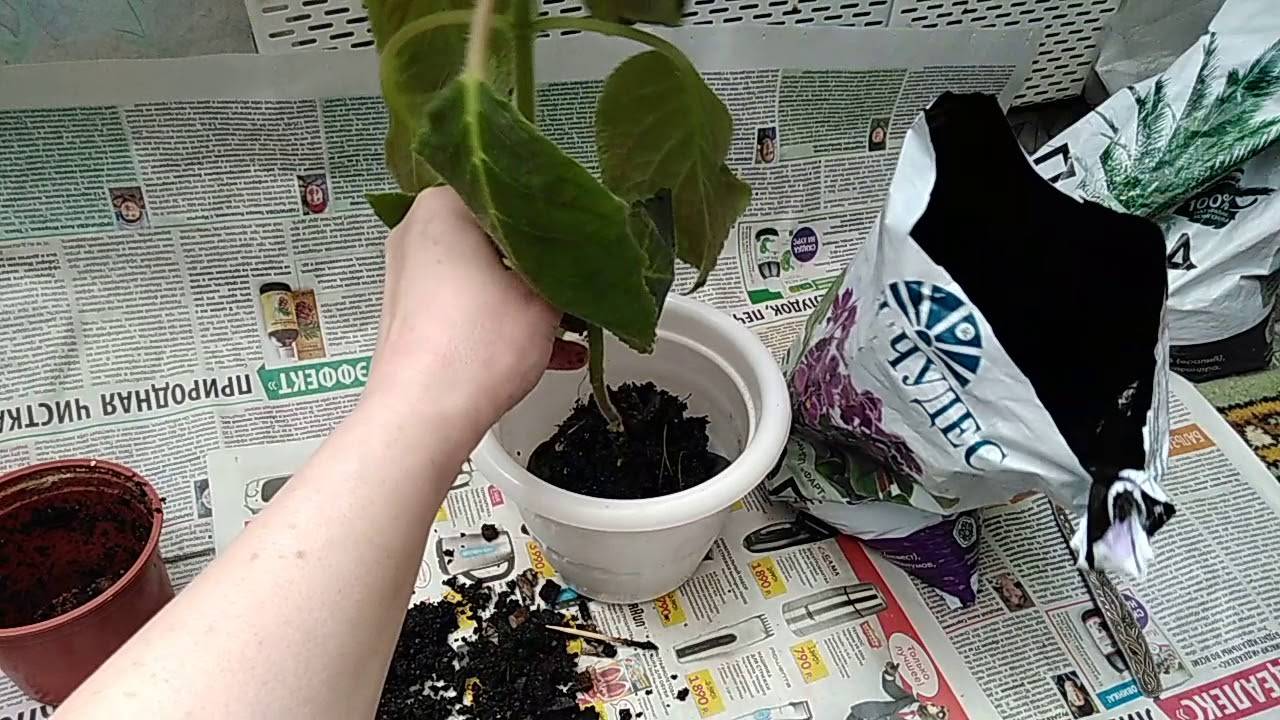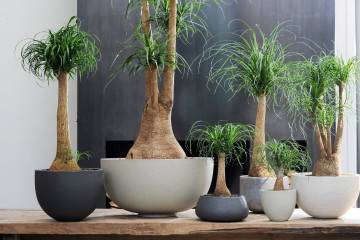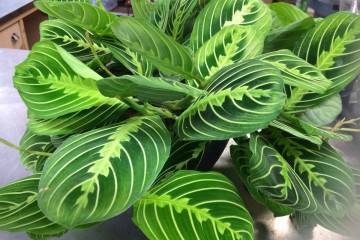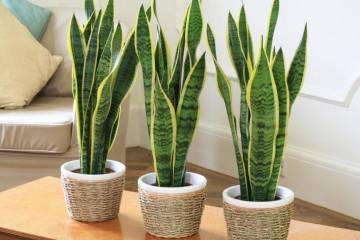Coleria - home care
Content:
The koleriya flower is a prominent representative of the Gesneriev family. In total, there are more than 60 varieties of it. In natural conditions, it is widely distributed from Mexico to the central part of America. As an indoor flower, koleriya has become even more widespread due to its appearance, beautiful flowers and unpretentious care.
Description of koleria
Coleria is a perennial herb. Some varieties may look like a semi-shrub. The flower got its name in honor of the Swiss scientist M. Kohler, who discovered it. The root system is represented by a scaly tuber. Elongated ovoid leaves are attached opposite each other. Their length is on average 15 cm. Some species are characterized by the presence of red veins on dark green leaves.
If for a koleriya plant, home care will correspond to the recommended one, then soon it will delight with its long and lush flowering. The peduncle grows from the axils of the leaves, on which from 1 to 3 tubular flowers are attached. The tube of the flower is about 5 cm. It has a slight expansion at the bottom, and tapers at the top. Depending on the varieties, the flowers can be pink, orange-red, burgundy and other shades.
Varieties of indoor plants
Despite the wide variety of coleria varieties, not all of them are suitable for home growing. The following varieties are popular as a houseplant.
Bogotskaya
Coleria Bogotá has the appearance of a perennial herb that prefers to grow on the rocky soil of Colombian forests. Its height is 50-60 cm. Straight thin shoots are covered with light pubescence, white or red. The leaves are ovoid and slightly pointed, they reach a length of 7-8 cm. The upper part of the leaf is covered with white hair. The tubular flowers are red-orange with a bright yellow throat.
Majestic
The long stem of this cultivar is covered with red hairs. Leaves with a smooth surface and light white pubescence. The majestic coleria is characterized by large red-orange flowers with light strokes of darker shades.
Hairy
The leaves of this variety are painted in a bronze shade with slight pubescence. Large tubular flowers are predominantly red with a bright yellow throat. On their inner side, there are red streaks and specks.
Spikelet
In nature, this variety is widespread in Mexico. This coleria is represented by a compact shrub, on which oblong leaves grow densely. During flowering, the bush is covered with bright red tubular flowers with an orange throat.
Linden
Compact shrub with oblong ovoid leaves. The lower part is painted in a pale pink shade, while the upper is a rich green. Axillary flowers are predominantly yellow with small specks in the pharynx area. Abundant flowering occurs in early autumn.
Pleasant
Herbaceous perennial in nature grows on the slopes of the mountains.Stems can be both green and red shades with a slight white pubescence. Such a variety grows in height up to 60 cm. Coleria blooms in pink with white spots on the inside.
Uneven
Medium-sized shrub with light pubescence. Blooms mainly in red-orange tones. The inner surface of the flower is covered with dark small spots.
Tube-flowered
This species, like the fluffy coleria, grows in the forests of Colombia and Costa Rica. Its height is about 50 cm. The leaves are oblong, oval. Their lower surface is colored red, and the upper one is dark green. It blooms with red or orange tubular flowers.
How to take care of paintwork at home
In order for the varieties of koleriya Apple Slices, majestic, hairy and others to please with abundant flowering, it is necessary to provide them with optimal conditions of maintenance and care.
Illumination and temperature conditions
The plant grows well at moderate temperatures. For the growing season, the optimal indicator will be a temperature in the range of 20-25 ° C. In winter, it should be lowered to 15-16 ° C.
Due to the fact that koleriya red, like its other varieties, is a photophilous plant, it is necessary to choose an illuminated place for its cultivation. The best option would be the southwest or southeast side with diffused light. If by the onset of winter the flower has not thrown off its greenery, it is recommended to artificially extend the daylight hours.
Watering rules and humidity
Coleria Sunny, Flashdance and others prefer moderate watering during flowering or vigorous growth. It is better to take water filtered or settled, but not from the tap.
When moistened, water should not come into contact with leaves and flowers. If in summer the flower is watered every 3-4 days, then by winter this procedure is minimized.
Despite the fact that in nature, Bibbi, Brimstone and other varieties grow in humid climates, when grown at home, they calmly tolerate dry air. Periodically, to maintain optimal conditions, you can spray the air around the pot with a spray bottle or place the pot on a tray with damp stones.
Top dressing and soil quality
The optimal soil for a koleriya flower is a soil composition with a low acidity index, high air and water permeability. If you plan to prepare the mixture yourself, you should take care of the presence of components:
- 1 part river sand;
- 1 part peat;
- 1 part of sod and leaf land.
For breeding and caring for the color at home, feeding is an important factor. You can use formulations designed for orchids or flowering plants. The dosage indicated by the manufacturer should be halved. Coleria needs fertilizers from May to September.
Flower container size
Since the root system of Jester, Karl Lindberg and other varieties grows in width, the pot for planting it must also be wide enough. As for materials, you can safely choose clay, ceramics and plastic.
Pruning and replanting
It is worth replanting the plant when the root system completely fills the previous container. It is better to transfer the flower to a new pot with an old clod of earth.
To form a compact plant, it is necessary to carry out regular pruning of koleriya. This procedure is performed using the following technology:
- Removal of dry, diseased and damaged shoots.
- Deciding which plant should turn out - ampelous or erect.
- Preparation of sharp and decontaminated instruments.
- To obtain a lush compact bush, shoots are cut to 1/3 part. To get an ampelous plant, the upper part of the stem is pruned to it.
Features of flowering plants
Regardless of what color variety, its flowering period begins in late spring and ends in mid-autumn. Long-term flowering is facilitated by regular feeding, high-quality soil, good lighting and optimal temperature conditions.
Reproduction methods
The plant can reproduce in three ways.
Cuttings
For the cutting, 10-15 cm of the shoot is cut off, after which it is placed in a glass of water. After 7-10 days, the first roots will begin to appear. At this time, the plant is transplanted into a pot.
By dividing
It is advisable to carry out this method during the transplantation of koleria. It consists in dividing the root system together with the shoots into several parts, followed by planting in different containers.
Seeds
You can get seeds in home cultivation using artificial pollination of flowers. They are planted in February - March in a prepared peat mixture. Then it is covered with polyethylene to obtain a greenhouse effect. Seedlings should be regularly ventilated and watered by spraying. When the seedlings have 2-3 leaves, they dive into separate containers.
Growing problems, diseases and pests
The koleriya plant is resistant to disease, and from insect pests it can only be affected by the root worm. With improper care, the following problems may occur:
- twisting of sheet plates. It is typical when the air is dry, especially during the heating season;
- thinning of the trunk and shedding of leaves. This occurs when the plant dies. At this time, new growth appears, and the adult plant dries up;
- pulling the trunk. May occur when there is a lack of sunlight.
Growing koleriya at home is a simple occupation, but very interesting and exciting. If you take proper care of the flower, it will give abundant and long-lasting flowering, becoming a real decoration of the house.


